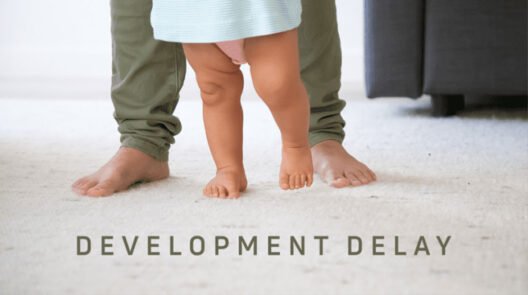As the third leading cause of death in the US, according to a Johns Hopkins University Study, medical malpractice has been a great concern in the states. Severe cases could lead to large lawsuits that could even reach hundreds of millions of dollars.
Medical malpractice cases are nearly always contested and extremely technical, according to a medical & professional malpractice attorney in Avon, CT. Litigation and negotiation are difficult processes. The sole rationale for why legal representation is becoming more and more important is not only to ensure victims receive compensation but also to influence how professional sectors react to risk, liability, and reform.
But what actually is the process of creating a powerful case? Let’s discuss the specifics that describe this challenging legal process.
Understanding Medical and Professional Malpractice
When it comes to malpractice, you have to realize that failure to maintain the standard of care expected in a particular field is the root cause of both professional and medical malpractice.
This aspect suggests that there may be consequences even if a professional or healthcare provider is not acting with the competence and diligence that one would reasonably anticipate.
In medical malpractice, it could be like incorrect diagnoses or surgical errors, whereas professional malpractice can also occur in the successful fields of law or finance. Moreover, in a medical malpractice case, it requires the proof of several conditions, medical malpractice lawyer Scott W. Roberts explains a case is constructed around the level of care you or a loved one received. It is necessary to demonstrate that the injury or death was caused directly by negligence.
The Role of Evidence in Building a Case
The core of the case is malpractice evidence, which necessitates strong support for the claims. This makes relevant documents necessary to build a strong case. What you need are medical records, invoices, and even correspondence with the health provider regarding the incident.
The damage and negligence involved will be evaluated for the first time by this evidence. Witness reports are also pertinent to the case. If a patient, nurse, physician, or other trustworthy individual has important information, their account could be beneficial to revealing the truth of the case.
You can also provide pictures and other materials that could provide clarity about the matter. The more details you have, the stronger case you can present. With this evidence, it is more likely to persuade the judge or jury about your compelling argument.
Consulting Experts and Gathering Testimonies
In these cases where professional terms are usually at play, having experts and a second opinion can also give clarity about your case.
Testimonies and professional consultation are important elements that could make or break a case. These specialists can give important information about the standard care in the field, making your story more believable.
These stories are easy for the jury to picture and understand. Because they are experts in the field, their testimonies are more trustworthy, giving your story more credibility.
Strategies for Litigation and Settlement Negotiations
Strong litigation and settlement negotiation strategies give you assurance for a positive outcome. You must clearly state your goals and identify the advantages and disadvantages of the case. Being in touch with a lawyer guaranteed that everyone is on the same page, which is a good beginning for a solid team.
Looking for settlements early on is a smart move. Always be ready when you need to be present at court. It is important that you learn not just about your evidence but also the point of view from the other party.
It is good to be firm about your story, but you also need to be flexible. When reaching a settlement, sometimes, offering to give up something is not a bad thing. What’s important is to lead to a compromise that works for everyone.
Challenges in Pursuing Malpractice Claims
Bringing a malpractice claim can be very hard because of all the problems that come up. You will need an expert witness, which is likely to be expensive and hard to find, to prove who was at fault. If you don’t know about the statutes of limitations, you might also get caught up in a bunch of strict deadlines that could make your case harder.
Also, remembering traumatic events can be hard on the emotions. It might not be easy to work with the insurance companies, which makes the negotiations unpredictable. Having a lawyer by your side can help you all the way.







